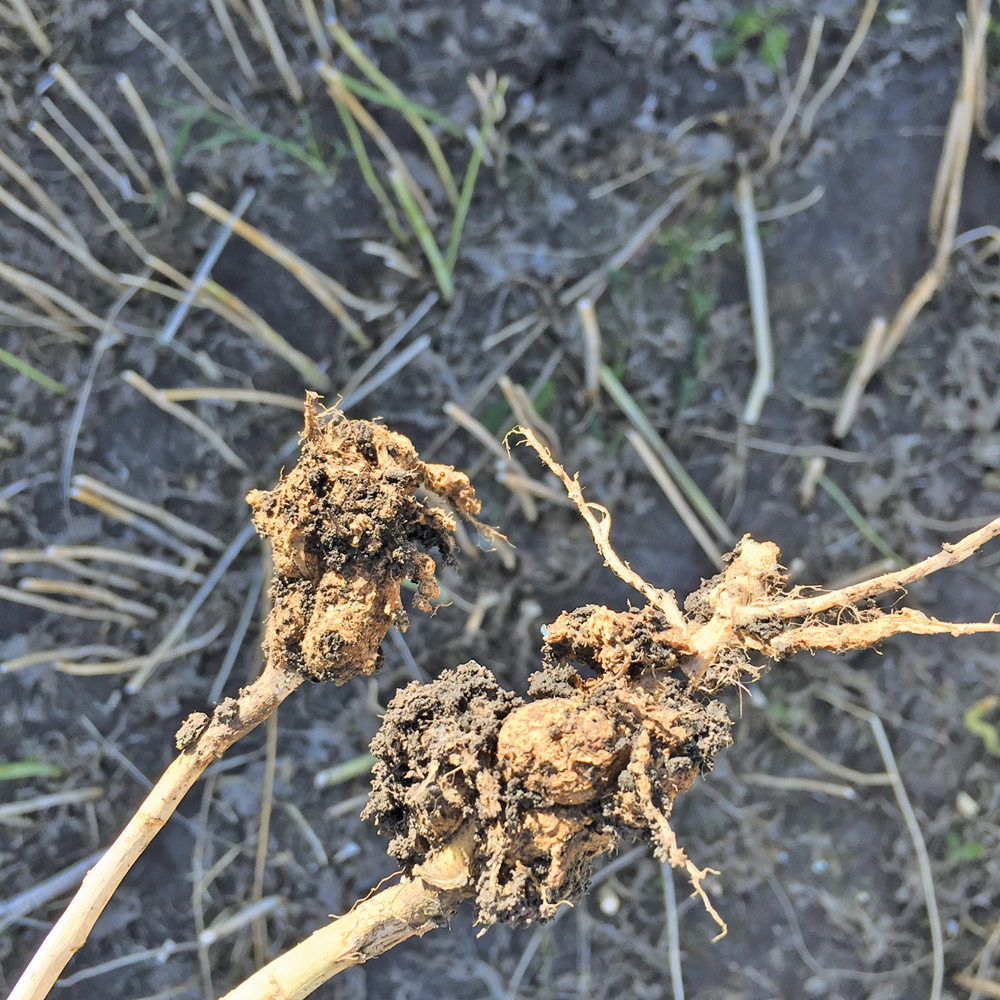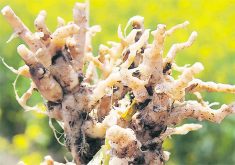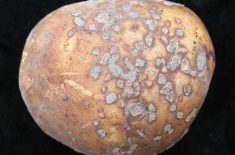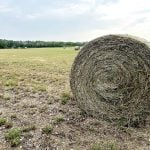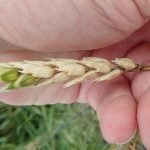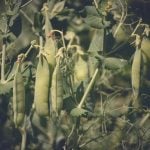Two canola fields in the Swan River Valley had enough clubroot spores this year to produce yield-robbing root galls that characterize the soil-borne disease, says local agronomist Ryan Immerkar, owner of RSI AgriCoaching and New Era Ag Technology.
Laboratory testing confirmed the fields have the potentially devastating pest.
That brings the number of Manitoba fields found with clubroot galls to five, says Anastasia Kubinec, oilseed specialist with Manitoba Agriculture, Food and Rural Development (MAFRD), although as of Oct. 22 Kubinec said she had not spoken to Immerkar to confirm the results.
Read Also
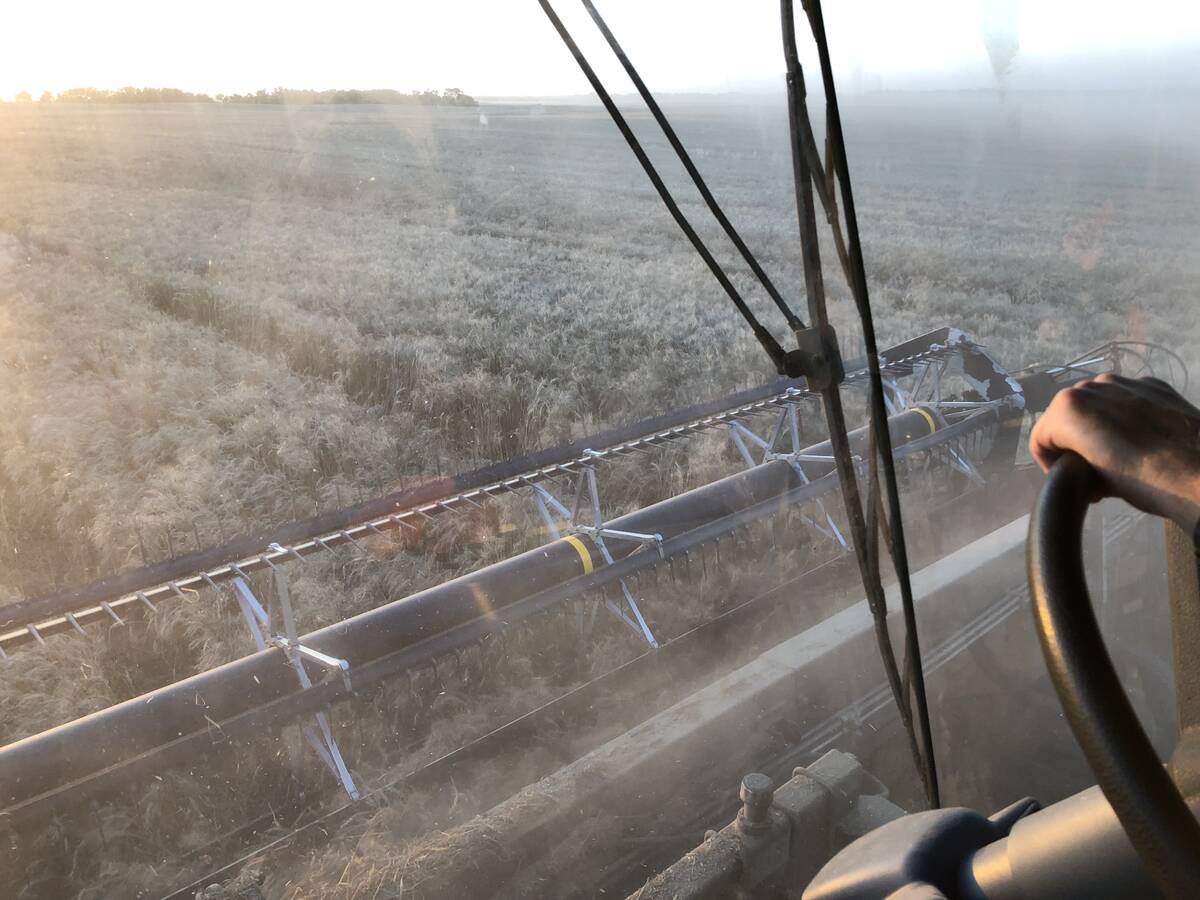
UPDATED: Mail strike disrupts grain sample delivery
The Canadian Grain Commission has asked farmers to consider delivering harvest samples directly to CGC offices, services centres or approved drop offs as Canada Post strike delays mail.
As of June there were 48 confirmed cases of clubroot spores in Manitoba fields. The good news then was the number of spores in most infected fields was low — under 80,000 per gram of soil versus more than a billion per gram in severely infested Alberta fields. That means in Manitoba longer canola rotations, sanitation and resistant varieties can keep the disease in check, MAFRD plant pathologist Holly Derksen said in an interview June 5.
Kubinec isn’t surprised two more gall-infested fields have turned up given the first two modern cases of the disease in Manitoba were detected at very low levels in soil samples taken in 2011.
“Our message on clubroot hasn’t changed,” she said.
That message is to assume clubroot is within 50 kilometres of your farm, get your soil tested so you know if spores are present and at what levels, grow canola less often in your rotation and seed resistant varieties if you have low levels of clubroot or suspect it’s close by.
Longer rotations
Longer canola rotations are very effective in preventing clubroot from getting out of control, Derksen said in June.
“The half life of (clubroot) spores is four years so with a four-year (canola) rotation you cut the concentration in half,” she said.
Canola-wheat rotations are more common in the northwest partly because distance to market raises transportation costs and there are a limited number of elevators close by. Also canola is often one of the better-paying crops.
Immerkar wants to do further testing to identify the race of clubroot he found, which will assist the farmer to pick the appropriate clubroot-resistant varieties to seed, he said in an interview. However, determining the race is not as easy or as inexpensive as he hoped.
The galls were widespread in the two infected fields, he added.
“We’re meeting with clients and non-clients in the surrounding area,” Immerkar said. “We’ve contacted all the guys in the surrounding area because it can even move with wildlife. An elk running across the field on a muddy day can spread this.
“Hopefully it will be contained. But it can spread quite easily.”
Anything that moves soil can spread clubroot (Plasmodiophora brassicai), which is a protist — an organism with plant, animal, and fungal characteristics. Its spore can survive in fields for at least 20 years.
“It’s going to be a complete game changer and quite frankly a pain… for a consulting business,” Immerkar said, because it will require removing dirt from equipment. “We have resistant varieties. It’s not the death sentence it was in Alberta 10 years ago when land prices dropped (where fields were infected with clubroot).”
Meanwhile, Manitoba’s clubroot survey continues with the goal of collecting soil from at least one field in every agricultural township, Kubinec said. As of Sept. 21, 484 fields have been sampled, she said. The goal is to collect 600 by year’s end. The results will be tabulated and a map showing results will be released in January. MAFRD plant pathologist Pratisara Bajracharya will discuss the results at Ag Days 2016 in Brandon.
Last year in Manitoba there were 13 confirmed fields with clubroot spores in 10 rural municipalities. Eleven cases were based on soil tests, with no visible symptoms in canola plants. In the two cases where plants were infected, the symptoms were minor.
Farmers interested in getting their fields tested for clubroot can get more information from the Pest Surveillance Initiative.


